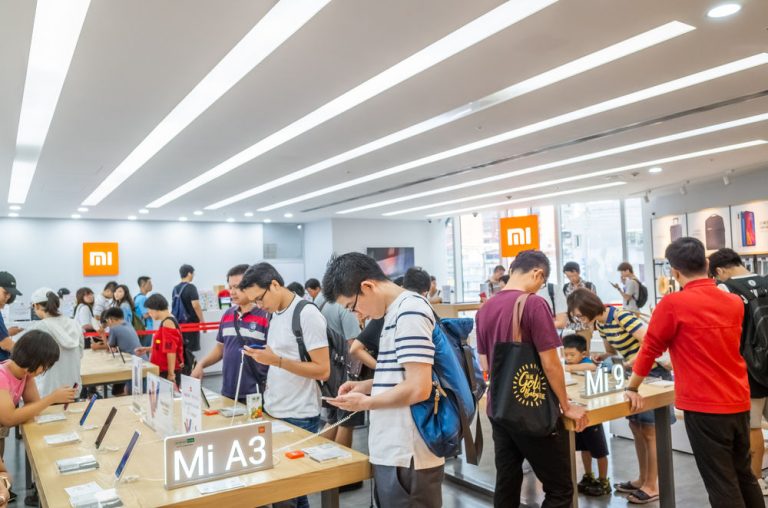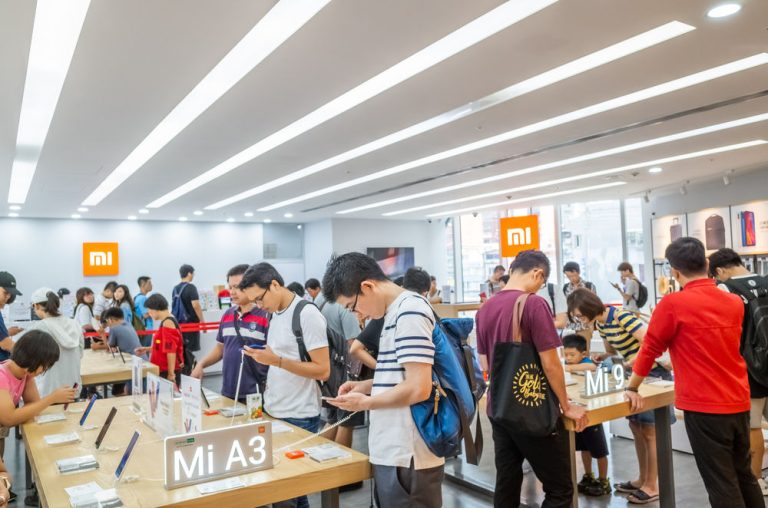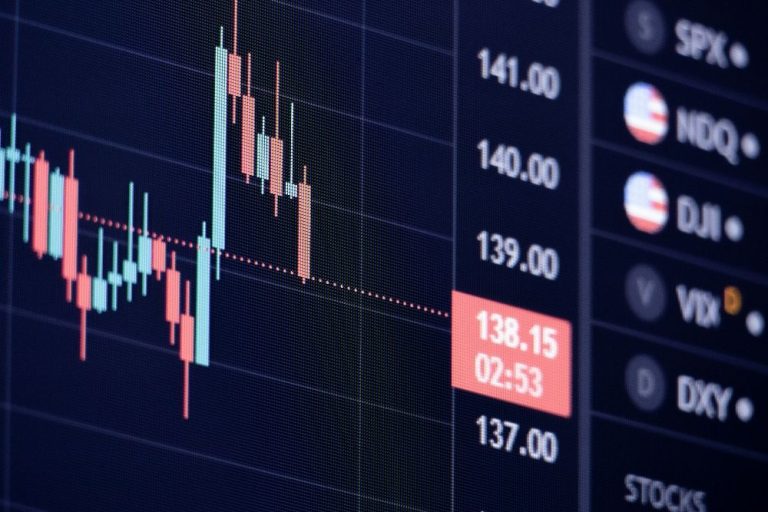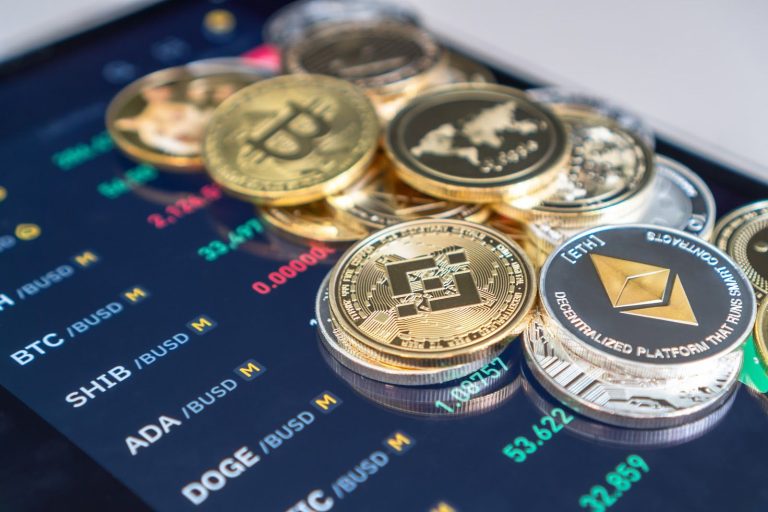Pi Network price has bounced back in the past few days as investors bought the dip. The coin rose to a high of $0.7595, its highest level since April 5. It has soared by about 90% from its lowest point this year. Therefore, this Pi coin price forecast explains what to expect in the coming days and what to expect.
Pi Network price technical analysis
The 4H chart shows that the value of Pi initially peaked at $3 in February following its highly anticipated mainnet launch. This surge happened as some investors bought the coin in the open market and many of the pioneers refused to sell their coins.
The coin then suffered a harsh reversal, with its price moving from a high of $3 and bottoming at $0.3980 earlier this month. Its recent rebound happened after it slowly formed a falling wedge pattern comprising two falling and converging trendlines. In most cases, this pattern often leads to more upside.
Pi Network price has also moved slightly above the 50-period Exponential Moving Average (EMA), signaling that bulls are in control for now. Therefore, there is a likelihood that the Pi Network price will jump to the psychological point at $1, up by 30% above the current level.
The risk, however, is that Pi coin has formed a rising wedge pattern, which is shown in black on the chart above. This pattern is comprised of two ascending and converging trendlines, with the bearish breakdown happening when the two lines are nearing their converging points. If the wedge pattern works well, the coin may drop to this month’s low of $0.3980, which is down by almost 50% from the current level.
Pi coin risk and opportunities
Pi Network has several key risks and opportunities that may impact its price in the coming weeks. The first opportunity is that the token may get at least one tier-1 exchange listing in the coming months. Some of the potential exchanges that may list it are the likes of Binance, Coinbase, Upbit, and Kraken.
An exchange listing by one of these exchanges would push its price up sharply as it would validate the token. Just recently, Orca, a top Solana DEX, surged by 200% in a single session after Upbit listed it.
Second, the other opportunity is its growing ecosystem. In a statement last week, the developers noted that it had over 125,000 registered sellers in its first PiFest event after the mainnet launch. 58,000 of these were active sellers, a sign that the network can, indeed, power commerce.
The first PiFest in Open Network showcased record participation. A total of over 125,000 registered sellers—including over 58,000 active sellers—and 1.8 million Pioneers have used Map of Pi, highlighting real-world Pi utility globally. minepi.com/blog/open-netw…
Pioneers and
However, the Pi Network has substantial risks. First, it is a highly inflationary token as it will continue emitting millions of tokens in the coming months. Pi will unlock 111 million coins this month and over 1.56 million tokens in the next 12 months. These tokens are worth $1.17 billion, a significant amount since Pi has a market cap of over $5 billion.
The other risk is that insiders hold most of the tokens. Data shows that Pi Foundation holds at least 68 billion Pi coins valued at over $50 billion. This means that the coin ownership is highly concentrated among insiders, which is risky. High concentration risks include market manipulation, dumping risk, and decentralization risks.
Read more: Pi Network price prediction 2025 – 2030 after the mainnet launch
The post Pi Network price analysis: a risky pattern emerges appeared first on Invezz










